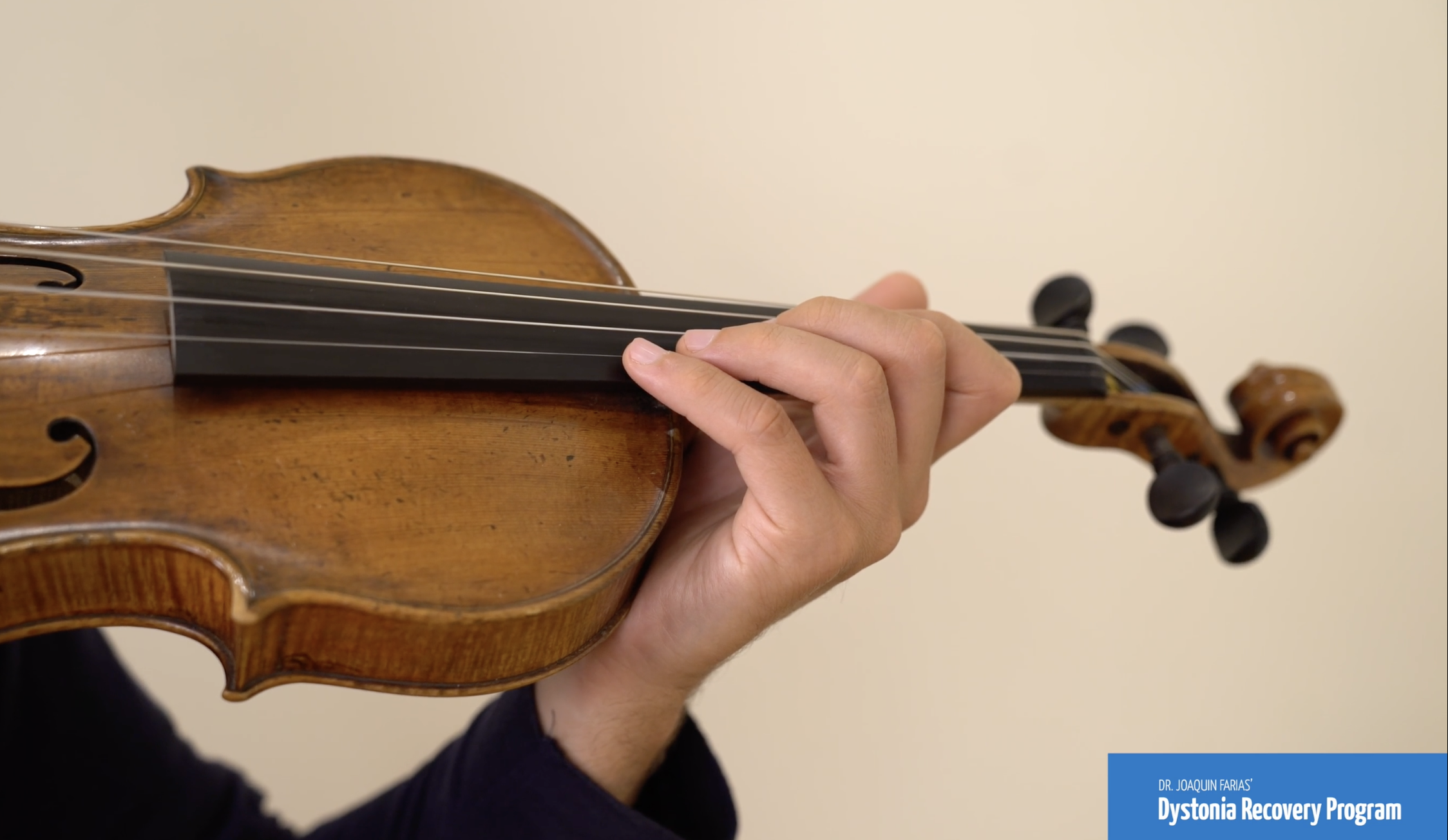What is a Task-specific Focal Dystonia?
Task-specific Focal Hand Dystonia, a movement disorder, disrupts specific activities like writing, playing instruments, or engaging in sports. This condition is Characterised by involuntary muscle contractions, fingers curling involuntarily, tremors, and uncontrolled movements, it manifests as focal cramps or spasms in the hand, wrist, or forearm, impacting tasks like writing – a condition known as writer’s cramp.
Musicians face a similar challenge with Musician’s Dystonia, affecting various instruments. Focal hand dystonia hampers fine-motor control, reducing coordination and speed producing index finger spasms and hand spasms in the thumb. Woodwind or brass players may experience embouchure dystonia, causing cramps in the lips, tongue, or jaw during play. Over time, these conditions may extend beyond the instrument, affecting daily activities.
Sports enthusiasts aren’t exempt. Golfers might encounter “the yips,” involuntary wrist jerks during putting. Tennis players, billiards enthusiasts, and dart throwers may also experience hand and arm muscle spasms. Occupations involving repetitive movements, such as tailors, shoemakers, hair stylists, or frequent computer users, are susceptible to task-specific Focal Dystonia.
Despite being usually painless, the abnormal movements can induce anxiety, particularly for musicians, impacting performance. In severe cases, professional disability may ensue. Awareness and early intervention are crucial for managing task-specific focal dystonia, ensuring individuals can continue pursuing their professional carriers without compromise.

Decoding Task-Specific Focal Dystonia: Beyond Professions to Symptom Thresholds
Task-specific focal dystonia challenges individuals during specific activities, raising the question: are these challenges truly task-specific or rather symptom-specific? I would like to propose an alternative model, the symptoms’ threshold theory which may sheds light on this complexity.
My patients who are runners, for instance, may not exhibit symptoms until they surpass a minimum distance, challenging the dystonic deficit only under high-stress conditions. Similarly, musicians might remain symptom-free until playing fast passages, revealing symptoms associated with intensity rather than the task itself.
This theory extends to Brass players affected by lip dystonia, who may speak normally but show symptoms only when exerting the high tension necessary for playing instruments. The symptoms’ threshold theory proposes that it’s not the task but the intensity that unveils the dystonic deficit. For instance, a slight loss of muscle speed in the fingers may go unnoticed until attempting maximal speed. Likewise, a runner with task-specific leg dystonia might only feel the deficit during high-stress activities, like lifting weights or running long distances.
Under the symptoms’ threshold theory, individuals affected by Task-specific Focal Dystonias are essentially grappling with mild hand, leg, or lip dystonia—only categorised based on their respective activities.
For example, if a musician affected by a mild hand Dystonia has lost 5% of contraction speed in some fingers will not express symptoms unless tries to perform at maximal speed. A runner affected by mild leg dystonia who has lost 5% of contraction power in her quadriceps will only feel her deficit when putting the leg in high stress by doing press with high weight or running a long distance. This model challenges traditional diagnostic labels tied to professions, like musician’s dystonia, Runners’ Dystonia or writer’s cramp. Instead, it advocates for a more unified approach, classifying patients based on the condition they exhibit and the intensity of their affliction.
This new alternative model not only simplifies research but also eliminates confusion arising from artificial sub-diagnoses. By understanding and addressing the symptoms’ threshold, we can reshape our approach to task-specific focal dystonia, providing a more accurate and comprehensive understanding of this intriguing movement disorder.
Start your Recovery Journey Today
Join the complete online recovery program for dystonia patients.


